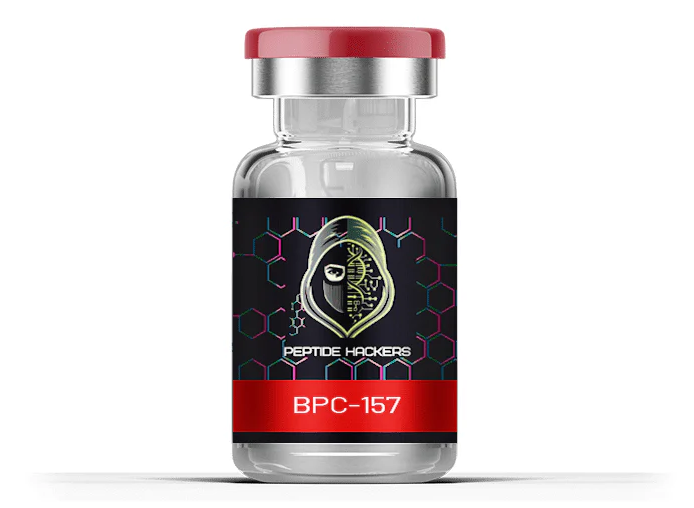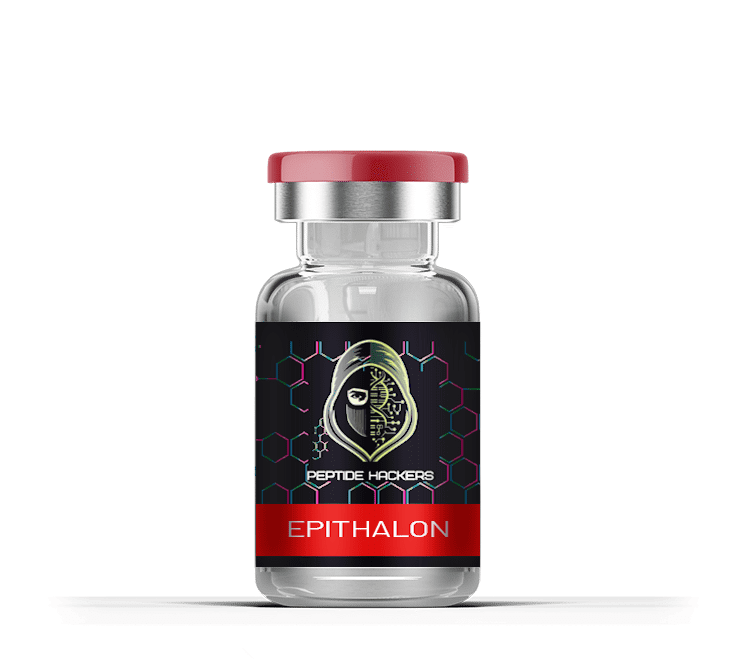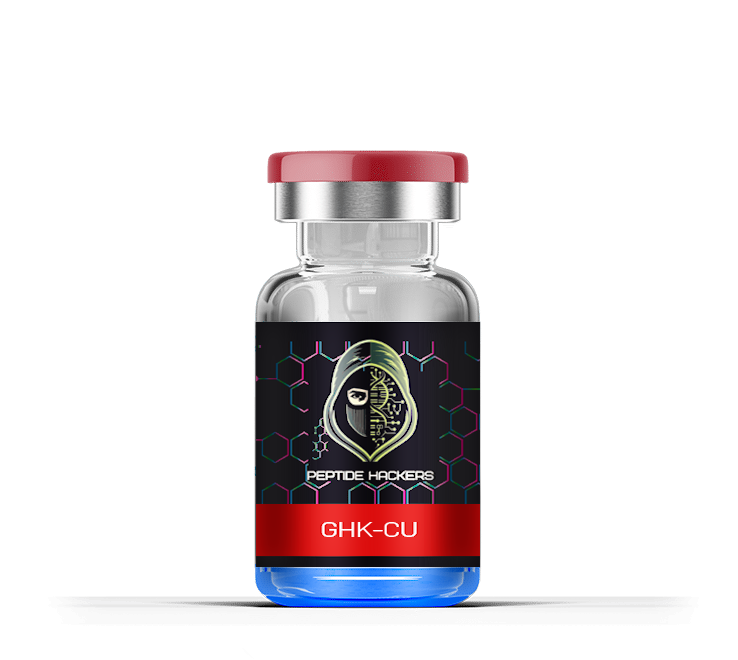Lea DeMae | How peptides could have helped
Lea DeMae Biography and Potential Peptide Support
Lea DeMae Bio

Basic Information
Born: December 26, 1976
Aliases: Lea de Mae, Lea, Big Leah, Lea Demay, Lea Di Mea
Birth Name: Andrea Absolonova
Birthplace: Prague, Czechoslovakia (now Czech Republic)
Died: December 9, 2004 (aged 27), Prague, Czech Republic
Nationality: Czech
Height: 5 ft 7 in (1.70 m)
Weight: 121 lb (55 kg)
Eye Color: Blue
Hair Color: Blonde
Career and Life Overview
Born in the former Czechoslovakia, De Mae was a member of the national diving team but injured her spine in an accident while training for the 1996 Summer Olympics in Atlanta, while diving from the 10 m platform. She recovered from her injury but did not qualify for the 2000 Sydney Olympics. Her problems persisted, so she retired from professional sport.
Born Andrea Absolonova in Prague, Czech Republic, Lea DeMae was an athlete and member of the Czech high diving national team. Her athletic career was cut short when she suffered a bad back injury training for the 1996 Atlanta Olympics. With her Olympic dreams crushed and no money coming in, she was convinced by a photographer to pose nude and then got into the adult industry.
DeMae quickly became a star in the adult industry, appearing in over 80 movies. Her looks and athletic body made her a favorite in the business, and she became popular in Europe and the US. She was part of the "Dream Team" along with other well-known Czech girls like Silvia Saint, Daniella Rush, and Monica Sweetheart, who were some of the first Czech adult models and actresses.
Sadly, in July 2004, DeMae was diagnosed with glioblastoma, a very aggressive and rare brain cancer. She fought the disease bravely but passed away on December 9, 2004, just 17 days shy of her 28th birthday.
Peptides That Could Have Helped Lea DeMae
Peptide Overview
Given Lea’s history and what she went through, here are some peptides that could have been beneficial:
BPC-157
With her spinal injury, BPC-157 could have been helpful. It promotes wound healing, reduces inflammation, and supports tissue regeneration, which could have aided her recovery.

Epitalon
Epitalon regulates the pineal gland and increases telomerase activity, potentially extending cellular life. This peptide could have given her anti-aging benefits and kept her cells healthy during her cancer fight.

MOTS-c
MOTS-c is a mitochondrial-derived peptide that regulates metabolism and energy production. It could have given her energy and improved her metabolic function during the physical and emotional ordeal of her illness.
SS-31 (Elamipretide)
SS-31 targets the mitochondria and provides protective effects, reducing oxidative stress. This peptide could have given her neuroprotective benefits and reduced some of the damage caused by glioblastoma.
GHK-Cu (Copper Peptide)
GHK-Cu is anti-inflammatory and supports tissue repair. It could have reduced inflammation and improved overall tissue integrity, which would have been helpful after her injury and during her cancer treatment.

Bremelanotide (PT-141)
While primarily used for sexual dysfunction, Bremelanotide has also been researched for anxiety and mood improvement. This peptide could have given her psychological support to cope with the stress of her career change, injury, and terminal diagnosis.
Disclaimer
Disclaimer: All information here is for educational purposes only. Many of these peptides are not FDA-approved and not recommended for human use. No peptides should be used without consent from your healthcare provider or doctor. Peptide Hackers does not condone the use of peptides for human or animal use.


